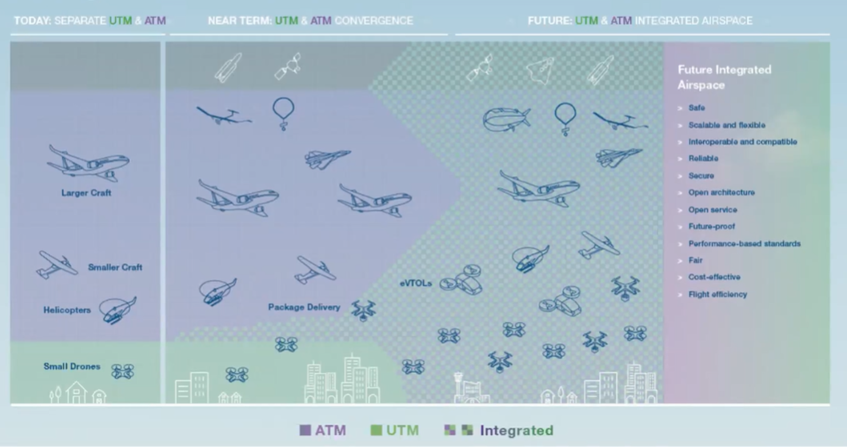Airbus, Boeing Push Vision Of Integrated Airspace Management

Credit: Airbus & Boeing
Following a call to action from Airbus and Boeing, an advisory group under the International Civil Aviation Organization (ICAO) is bringing together stakeholders to develop a global vision for future integrated air traffic management that meets the needs of all existing and emerging airspace users...
Subscription Required
This content requires a subscription to one of the Aviation Week Intelligence Network (AWIN) bundles.
Schedule a demo today to find out how you can access this content and similar content related to your area of the global aviation industry.
Already an AWIN subscriber? Login
Did you know? Aviation Week has won top honors multiple times in the Jesse H. Neal National Business Journalism Awards, the business-to-business media equivalent of the Pulitzer Prizes.




